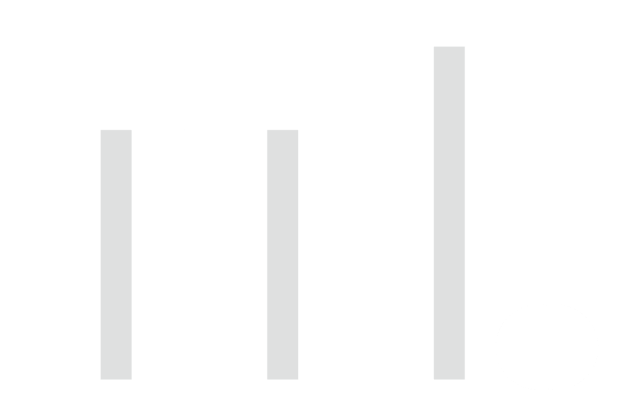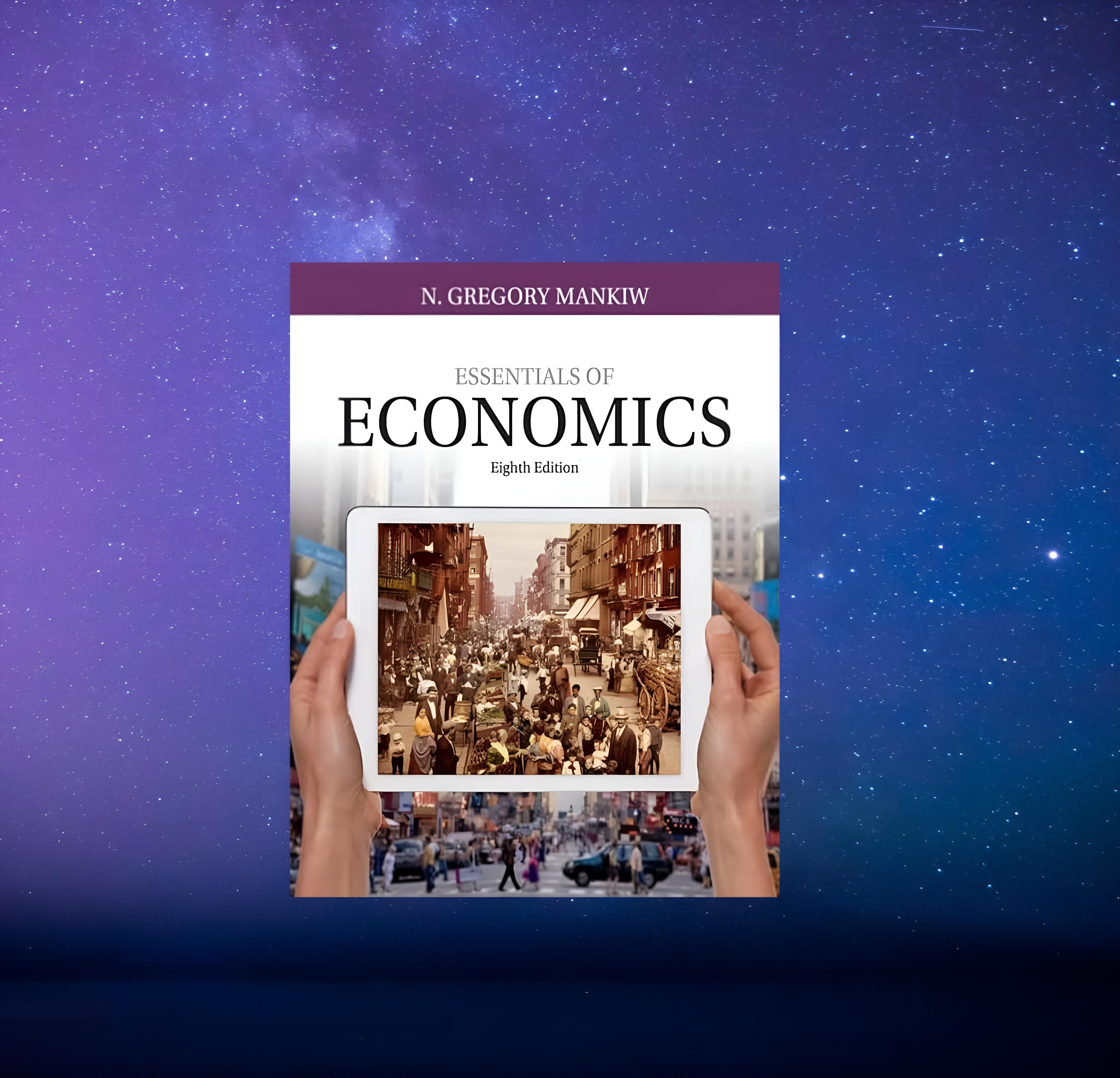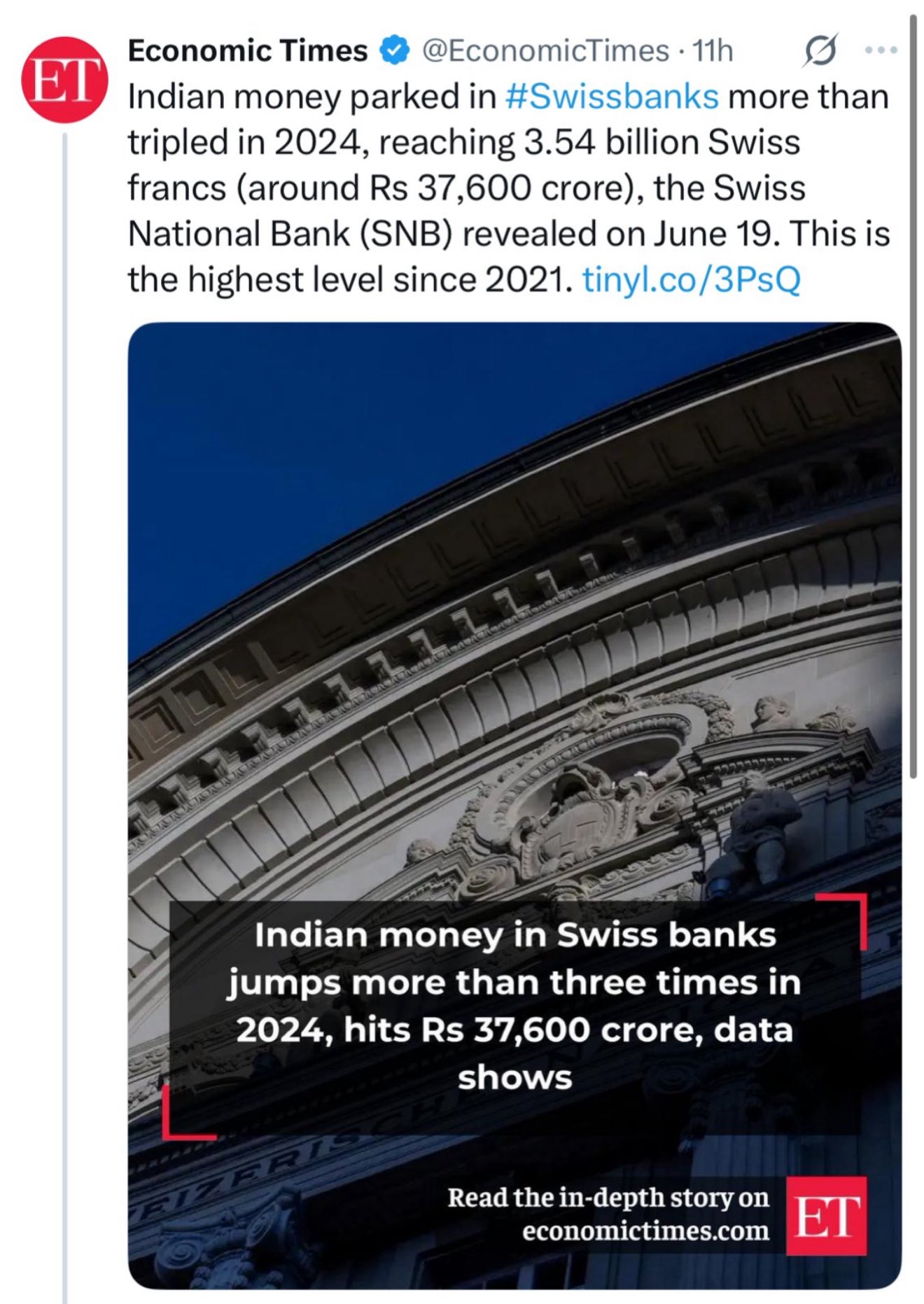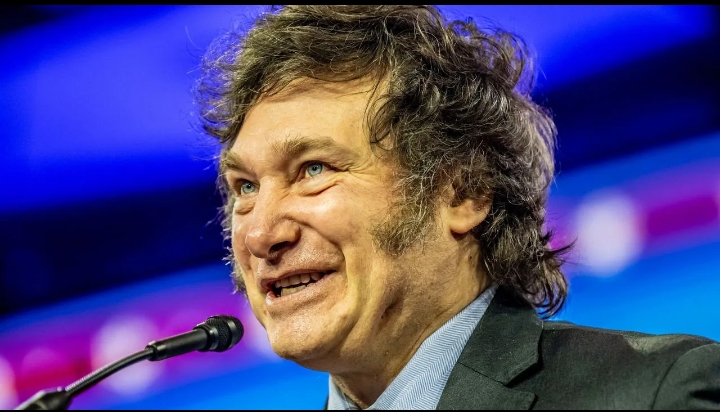Back
Anonymous
Hey I am on Medial • 1y
7. The Data of Macroeconomics GDP (Gross Domestic Product): Definition and components (consumption, investment, government purchases, net exports). Unemployment: The different types (frictional, structural, cyclical) and how they are measured. Inflation: Consumer Price Index (CPI) as a measure of inflation, and the effects of inflation on purchasing power. 8. The Real Economy in the Long Run Economic Growth: Focus on factors that drive long-term growth, such as capital accumulation, technology, and human capital. Savings and Investment: Role of savings in the economy and the trade-off between consumption and investment. 9. Money and Prices in the Long Run Money Supply and Inflation: The relationship between the money supply and price levels. Over time, inflation erodes money's value. The Quantity Theory of Money: Explains how inflation is linked to an increase in the money supply. 10. Short-Run Economic Fluctuations Business Cycles: Causes of short-term fluctuations in GDP and employment. Aggregate Demand and Aggregate Supply: How these curves interact to determine overall economic output and price levels. Monetary and Fiscal Policy: Tools the government and central banks use to influence the economy (taxes, government spending, interest rates). 11. The Influence of Monetary and Fiscal Policy The Federal Reserve (Central Banking): How central banks manage the money supply to control inflation and influence interest rates. Fiscal Policy Tools: Government spending and taxation used to stabilize the economy during recessions or booms. 12. Trade and Global Economics Benefits of Trade: How trade allows countries to specialize and increase overall efficiency and production. Trade Barriers: Tariffs, quotas, and their impact on international trade and economies. Exchange Rates: How currency values fluctuate and affect imports/exports. Summary Takeaways: Efficiency vs. Equity: Markets are often efficient but may not always be equitable, prompting government intervention. Rational Decision-Making: Most economic decisions involve weighing marginal costs and marginal benefits. Market Dynamics: Supply and demand, trade-offs, and incentives shape the economy. Macroeconomic Stabilization: Governments and central banks play key roles in managing inflation, unemployment, and economic growth.
More like this
Recommendations from Medial
Tushar Aher Patil
Trying to do better • 7m
Exploring Negative Interest Rate Policy (NIRP) Have you ever wondered about central banks setting interest rates below zero? This is known as Negative Interest Rate Policy (NIRP). Here's a quick look at this unconventional monetary tool: ✍️ What is i
See More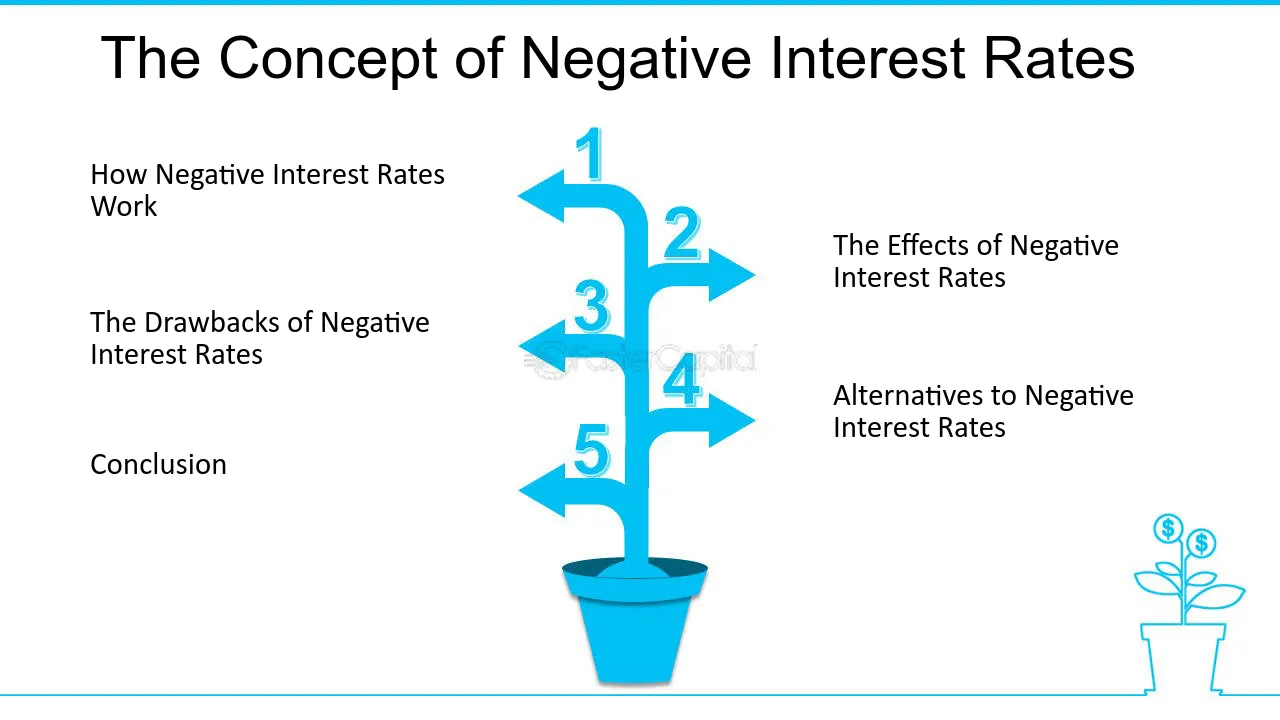
Rabbul Hussain
Pursuing CMA. Talks... • 10m
The Reserve Bank of India (RBI) reduced the repo rate by 25 basis points to 6.25%, the first rate cut in nearly five years. What is the repo rate? It’s the rate at which the RBI lends money to commercial banks. A lower repo rate means cheaper loans
See MoreSairaj Kadam
Student & Financial ... • 1y
What Happens When Forex Reserves Decline? We should understand it, Because India is going through that. Let’s break it down step by step. Let’s Understand What Forex Reserve Is Forex reserves are a country’s savings in foreign currencies, gol
See More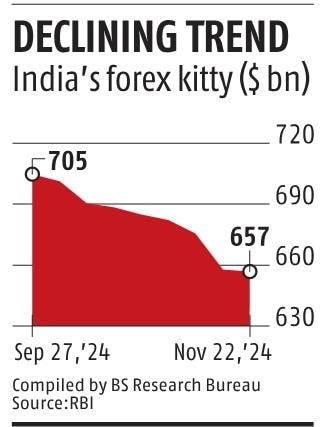
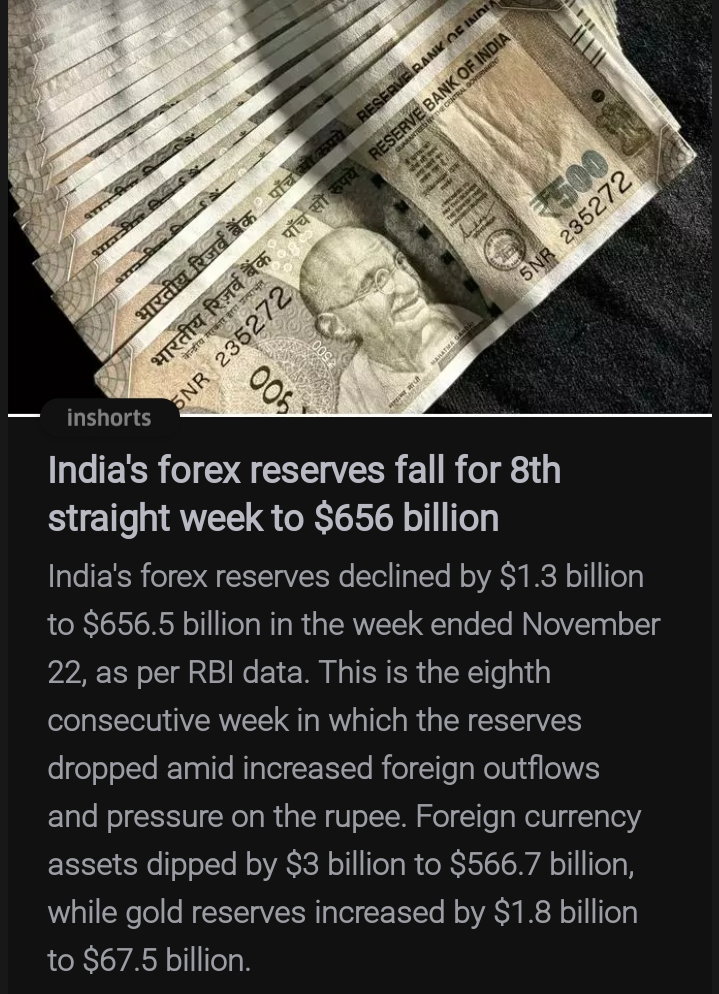
Atharva Deshmukh
Daily Learnings... • 1y
About Rates in the market... To strike a balance in market, the RBI has to consider all economic factors and carefully set the key rates. Any imbalance in these rates can lead to economic chaos: 1)Repo Rate:-The rate at which RBI lends money to oth
See MoreSameer Patel
Work and keep learni... • 1y
The Great Depression (1929-1939) The Great Depression (1929-1939) was a severe global economic crisis starting with the U.S. stock market crash on October 29, 1929, known as Black Tuesday. Over-speculation (risky investments) and excessive borrowing
See MoreAtharva Deshmukh
Daily Learnings... • 1y
Have studied about Monetary Policy in short and it's effect. The monetary policy is a tool through which the Reserve Bank of India (RBI) controls the money supply by controlling the interest rates. RBI is India’s central bank. While setting the int
See MoreDownload the medial app to read full posts, comements and news.

